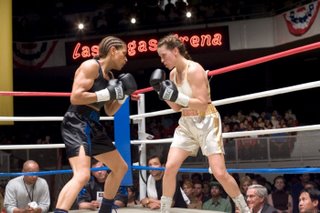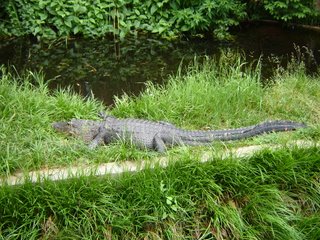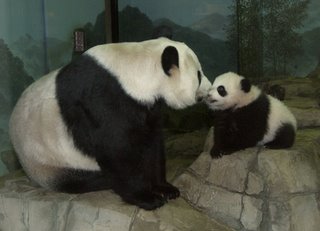




I believe there was a gentleman in the back asking if I had made it down to the landing. I stated that we did, and it proved to very informative. Just before heading that way we observed the children enjoying dressing in the clothes of that period. Notice George's coach in the next shot. And then there were the field workers. Notice the size of those radishes! And then there is the field of flax.
I hate to admit that I have two degrees in textiles and have never seen flax growing in the field! Cotton, yes, but not flax. Now I did know that flax was used in making linen. After all, I do know some things. That is what most of their clothes were made of back then. That just proves that one is never too old to learn. Every day we must learn something. I didn't take any pics of the sixteen-sided barn, but this was very innovative. A guide told us that there were a couple of ways to get the wheat from the "straw." One was to beat it out using a
flail, which is a long piece of wood with another piece of wood attatched by a piece of leather, (which was very hard work. And the other was to let the horses trample over it outside. This tended to bury the wheat in the mud. So George came up with the idea of making this barn with strips of wood and spaces in between. The horses would trample over the wheat a foot or two deep, and the grain would fall down below where it could be easily gathered. Old George kinda reminds you of some other intelligent people back then doesn't he?




















































